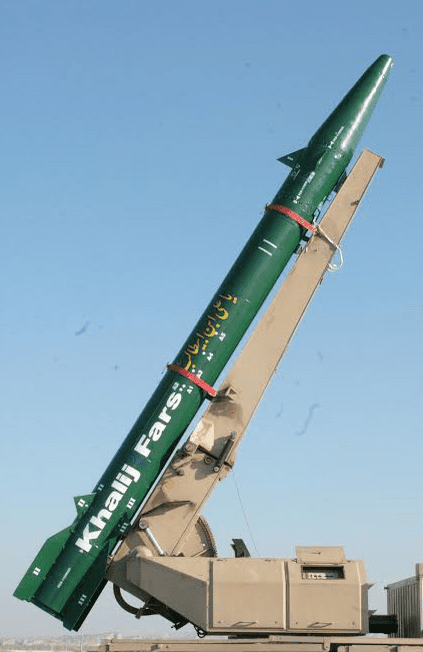Spike ATGW System Procured By The Bundeswehr
German Army is going to receive the Spike-LR anti tank guided missiles, in the form of the local MELLS derivative of the weapon. Currently the Bundeswehr is receiving portable launchers of the missile. New Puma IFV’s are going to be fitted with the Spike-LR missiles no sooner than in 2018.
According to the information obtained by Defence24.pl from the spokesperson for the German Ministry of Defence, the Bundeswehr has acquired a “certain number” of the MELLS anti-tank missiles (local derivative of the Spike-LR system). The purchases are being still realized. Ultimately, MELLS system is going to replace the Milan ATGW system which is classified as a second generation missile.
At the moment, the Bundeswehr is receiving MELLS launchers in their portable variant. This type of weaponry is also going to be integrated with the Puma IFV, vehicle which has recently been introduced into service in the German Army. Implementation of this system on the German IFV is planned to happen no sooner than in 2018.
MELLS system uses the Spike-LR Dual missiles which feature a guidance system based on fiber-optics and visible- and thermal-spectrum cameras (similarly as the missiles used by the Polish Army). The missile is capable of destroying armoured targets, including main battle tanks, at distances of up to 4000 meters.
The contract covering the delivery of the first batch of the Spike missiles for the Bundeswehr has been signed back in 2009 by the Eurospike GmbH joint venture company, with involvement of Diehl BGT Defence (40%), Rheinmetall Defence Electronics (40%) and Rafael. Integration with the Puma IFV is delayed, comparing the current status of the acquisition process with the initial plans.

Spike missiles are going to replace the cable-guided Milan 2 ATGW, characterized with a range of 2 kilometres. The Milan missile is capable of penetrating up to 700 mm of armour. Use of this type of missiles requires the operator to observe the target continuously, after firing. The said missiles are also not capable of striking targets that are located behind the obstacles. Milan missiles constitute – among other weapons – armament of the Marder IFV’s. The Marder vehicles are going to be replaced by the new Puma IFV. Currently, Milan missiles are also utilized by the German elements of the NATO “Spearhead” unit. This weapon system is also being delivered for the forces of the Iraqi Kurdistan, who are fighting against the IS.
Spike missiles, on the other hand, are widely utilized by the NATO armed forces, including the Polish Army. Poland uses the Spike-LR Dual derivative which is similar to the missile delivered for the Germans. Polish missiles are license manufactured by the ZM Mesko plant. Currently, the Polish Army uses the portable launchers system. Spike missiles are also going to be integrated with the unmanned turrets for the Rosomak APC. In the future they may be used by the prospective Borsuk IFV, based on a track-chassis. Back in January, col. Jacek Sońta, spokesman for the Polish Ministry of Defence, informed Defence24.com that Poland is also willing to integrate the Rosomaks using the Hitfist Turrets, with the Spike system.
READ MORE: Spike Missiles For Rosomak IFV.





